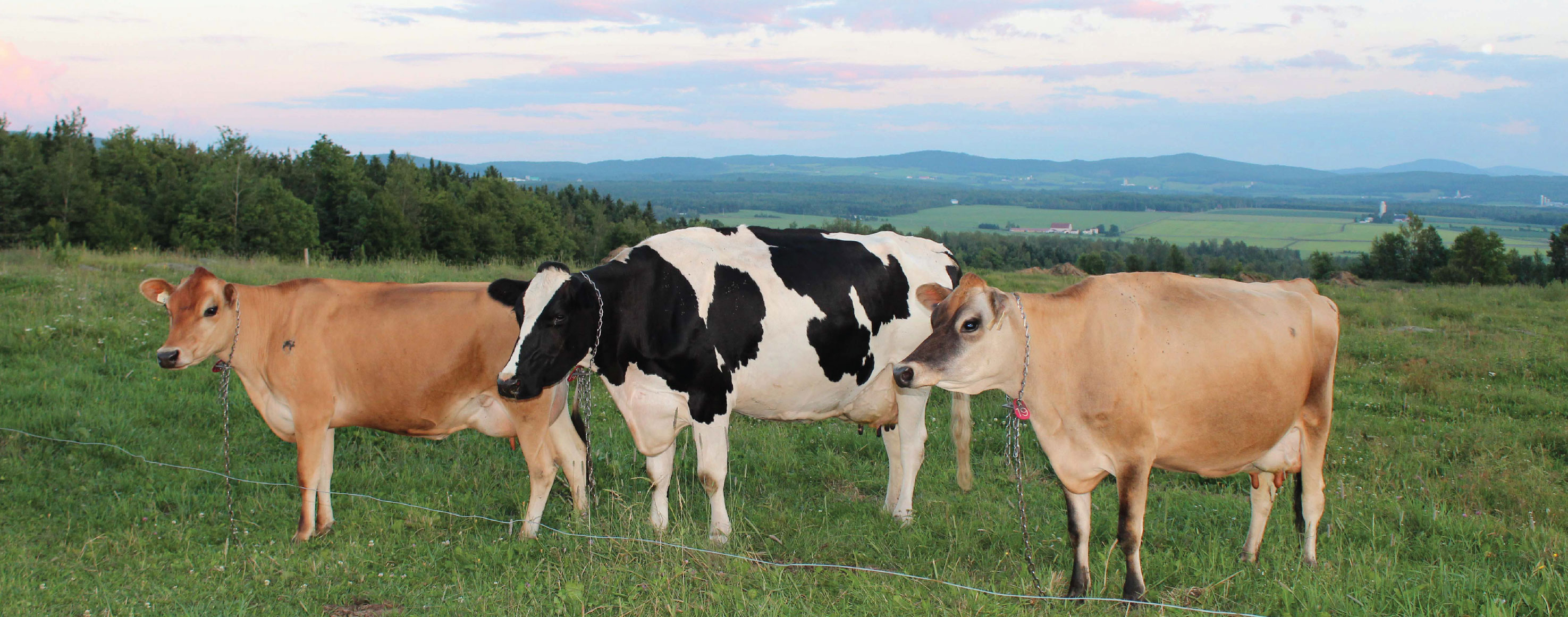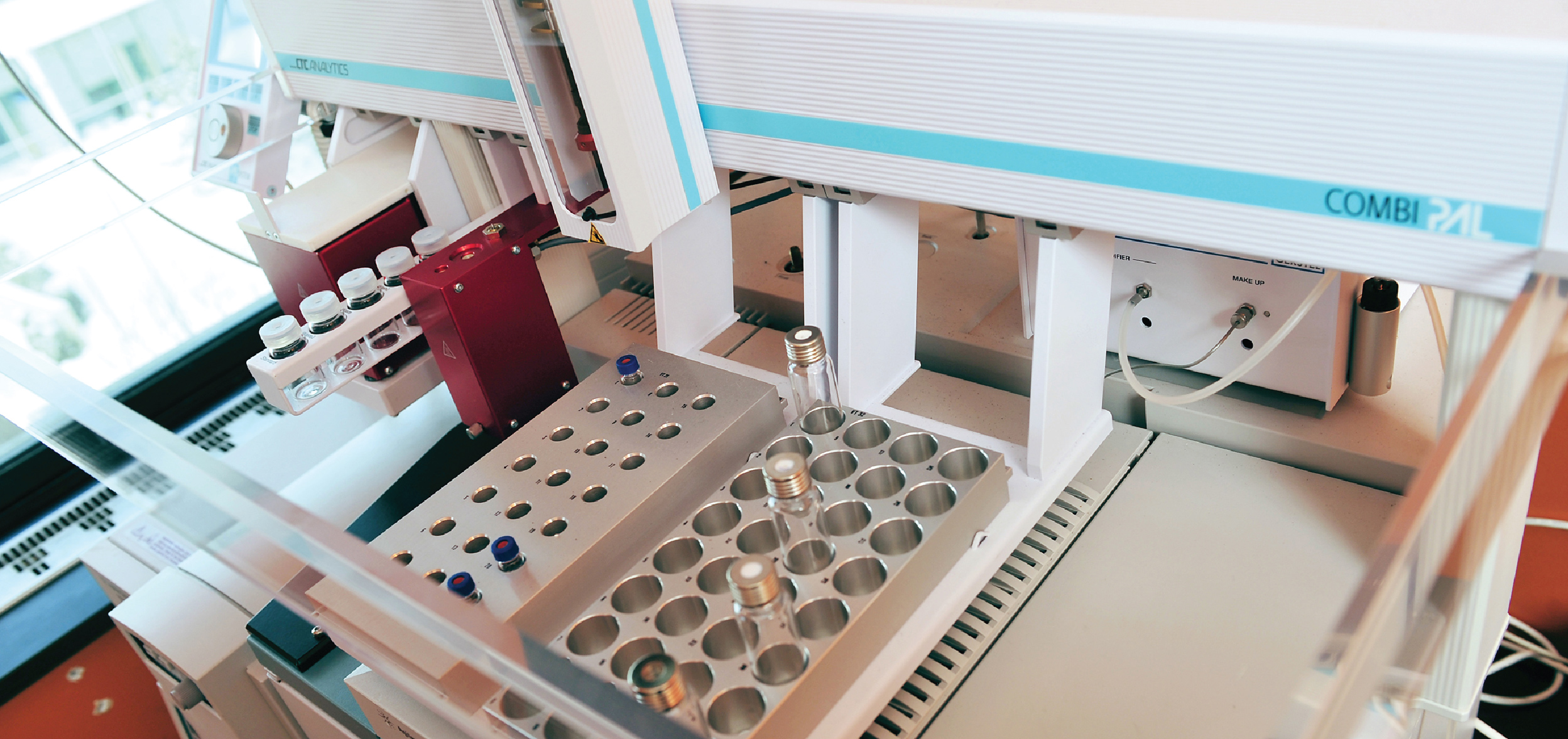Axis 2
Animal and medical applications
Through its members, CRDSI covers all relevant sectors of infertility diagnosis and treatment, as well as the improvement of medically assisted reproductive technologies. In industrialized populations, infertility touches a great part of the population with one in six coupe living at least one infertility period during its reproductive life. This infertility is defined by the incapacity to conceive after twelve months of unprotected intercourse. The causes of infertility are varied and divided in almost equal parts between problems of paternal, maternal or idiopathic origin, the latter referring to problems which cause was not identified. The increase of the age of procreation has raised the reliance on medically assisted reproduction technologies (artificial insemination, ovarian stimulation, in vitro fertilization, etc.). This increasing clientele is in great part composed of couples with an advanced reproductive age, as well as with same sex couples. The demand drives effort to improve procedures as well as the development of new technologies, which results in better reproductive success rates.
Many CRDSI researchers being part of the Faculty of Medicine, a lot of their research focuses on reproductive health. On the male side, it is testicular functions and the mechanisms leading to the production of spermatozoa with fertilizing power that are the main focus. The study of these mechanisms is closely linked to the causes of male infertility and in fact, many researchers such as <link no_cache membres afficher_personne details sullivan-robert>Robert Sullivan, <link no_cache membres afficher_personne details richard-francois-j>François Richard and <link no_cache membres afficher_personne details belleannee-clemence>Clémence Bellannée, work at identifying markers for sperm quality or non-invasive markers for the diagnostic of dysfunction associated with male infertility. On the female side, the work of <link no_cache membres afficher_personne details sirard-marc-andre>Marc-André Sirard and <link no_cache membres afficher_personne details richard-francois-j>François Richard on folliculogenesis are a staple in the field. Researchers associated with the Faculty of agriculture also regularly tackle human reproductive health related research themes.
The study of reproductive functions and the development of assisted reproduction technologies also have many applications in animal production. Researchers from both the Faculty of Agriculture and the Faculty of Medicine have projects aimed at solving agriculture related challenges. In addition to its interdisciplinary environment, CRDSI offer a rich diversity of research programs that include not only human and mouse but also main husbandry species; bovine, porcine, poultry, sheeps, goats and even bees. Challenges vary with each species but approaches are often similar. For example and contrary to popular belief, artificial insemination, which at first glance seems to be a well mastered and globally used technique, is not fully mastered for the majority of species. In Canada, the reproduction of more than 95% of cows is achieved through artificial insemination in order to take advantage of the genetics of the best sire. These yields are unfortunately not the same for other husbandry species where the semen freezing process is not as efficient. For example, freezing of porcine semen leads to a high mortality rate of sperm, of which close to 90% are not motile post-freezing. Therefore, artificial insemination for porcine production requires the use of fresh semen, which limits options for genetic resources management both from the semen distribution and from the genetic preservation standpoints. Survival of semen post-freezing is also an issue for other ruminants, namely sheep and goat where lost survival rates are observed. There is thus a dire need to improve this technique for the agricultural industry. <link no_cache membres afficher_personne details bailey-janice-l>Janice Bailey works closely with agricultural producers’ associations in order to find solution and improve cryopreservation of semen.





